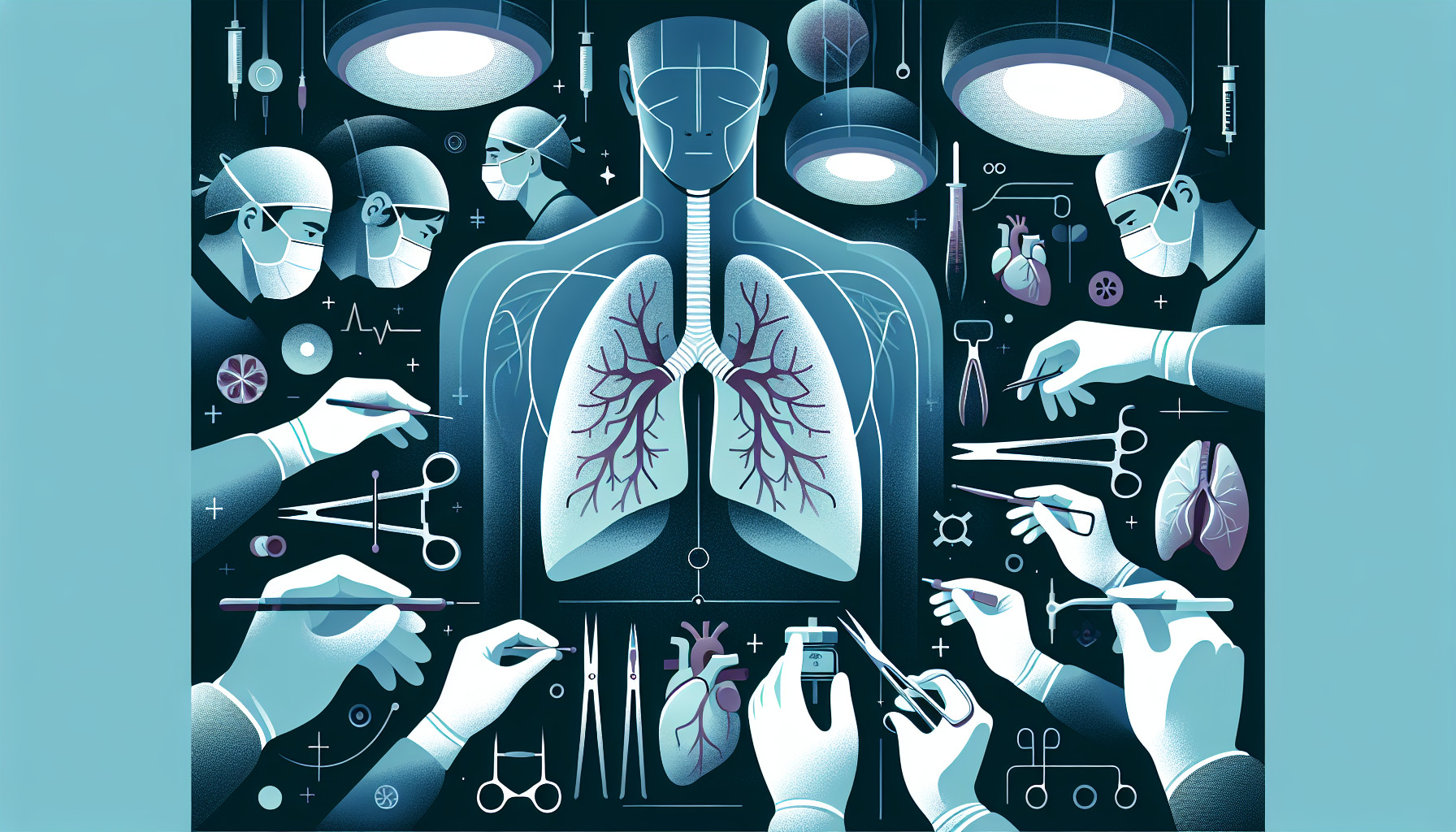Our Summary
This research paper is about a case of a teenager who suffered from a serious fungal disease after a lung transplant. This disease is common in kids who have had lung transplants, with up to 12% of patients getting it in the first year. The disease is usually caused by a fungus called Aspergillus, but other fungi can also cause it. In this case, the teen was infected with two types of fungus, Irpex lacteus and Rhodotorula species. The disease caused her new lung to stop working properly, and she needed another transplant. The study suggests more research is needed to understand how the Irpex species causes this disease, how to diagnose it, and how to treat it. This could help reduce the number of people who get this disease after a lung transplant and improve survival rates.
FAQs
- What is the fungal disease common in children who have had lung transplants?
- What fungi caused the fungal disease in the case of the teenager mentioned in the research?
- What further research does the study suggest in relation to the fungal disease post-lung transplant?
Doctor’s Tip
A doctor might tell a patient receiving a lung transplant to be vigilant about monitoring for any signs of infection, such as fever, cough, or shortness of breath, and to promptly report any symptoms to their healthcare provider. It is also important for the patient to follow their prescribed medication regimen closely and attend all follow-up appointments to monitor for any potential complications. Additionally, the patient should take steps to maintain good overall health, including quitting smoking, staying active, and following a healthy diet to support their new lung function.
Suitable For
Patients who are typically recommended for a lung transplant are those who have end-stage lung disease and have exhausted all other treatment options. This includes patients with conditions such as cystic fibrosis, idiopathic pulmonary fibrosis, chronic obstructive pulmonary disease (COPD), pulmonary hypertension, and bronchiectasis. These patients typically have severe symptoms, such as difficulty breathing, chronic cough, fatigue, and decreased exercise tolerance, despite optimal medical management.
Patients who are candidates for a lung transplant undergo a thorough evaluation process to assess their overall health, lung function, and ability to withstand the surgery and recovery process. They must also meet specific criteria set by transplant centers, such as being non-smokers, having a stable support system, and being compliant with medical treatment.
In some cases, patients may require a second lung transplant due to complications such as rejection, infection, or chronic lung allograft dysfunction. These patients are typically evaluated on a case-by-case basis to determine if they are suitable candidates for another transplant.
Overall, lung transplantation is a complex and high-risk procedure, and patients who are recommended for a transplant must be carefully selected to ensure the best possible outcomes.
Timeline
Before lung transplant:
- Patient is diagnosed with a severe lung disease or condition that cannot be treated effectively with medication or other therapies.
- Patient undergoes extensive medical evaluations and testing to determine if they are a suitable candidate for a lung transplant.
- Patient is placed on a waiting list for a donor lung, which can take months or even years.
- Patient experiences worsening symptoms and decline in lung function while waiting for a transplant.
After lung transplant:
- Patient undergoes a successful lung transplant surgery and is monitored closely in the intensive care unit for several days.
- Patient begins the recovery process, which includes physical therapy, medication management, and regular follow-up appointments with their medical team.
- Patient may experience complications such as rejection of the new lung, infection, or side effects from immunosuppressant medications.
- Patient continues to undergo regular medical evaluations and testing to monitor the function of the new lung and overall health.
- In some cases, patients may experience complications such as fungal infections, as seen in the case of the teenager in the research paper.
- Patient may require additional treatments or even a second lung transplant if complications arise.
- Patient continues to receive ongoing medical care and support to maintain the function of the new lung and overall health.
What to Ask Your Doctor
Some questions a patient should ask their doctor about lung transplant include:
- What are the risks and complications associated with a lung transplant?
- How long is the recovery process after a lung transplant?
- What medications will I need to take after the transplant and what are the potential side effects?
- How often will I need to come in for follow-up appointments and monitoring?
- Are there any lifestyle changes I need to make after the transplant?
- How will the transplant impact my daily activities and quality of life?
- What is the success rate of lung transplants at this hospital or medical center?
- How will my immune system be affected by the transplant and what precautions do I need to take to prevent infections?
- What are the signs and symptoms of complications or rejection of the new lung that I should watch out for?
- Are there any specific dietary restrictions or guidelines I need to follow post-transplant?
It is important for patients to have open and honest communication with their doctors about their concerns and questions regarding lung transplants in order to make informed decisions about their treatment and care.
Reference
Authors: Atwood DT, Köhler JR, Vargas SO, Wong W, Klouda T. Journal: Pediatr Transplant. 2024 May;28(3):e14759. doi: 10.1111/petr.14759. PMID: 38623871
